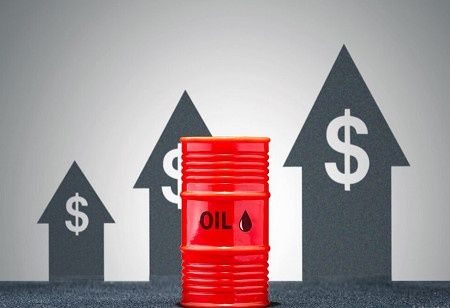
In June, Saudi Arabia plans to raise its official selling prices (OSP) for oil to Asia by 10 to 30 cents per barrel for Arab Light crude, resulting in prices between $1.30 and $1.50 per barrel. This rise concludes a declining pattern triggered by a prior output increase from OPEC+ of 411,000 barrels daily.
Unforeseen increases in supply and persistent Sino-US trade conflicts had earlier caused oil prices to approach four-year lows, resulting in demand from Chinese purchasers. China's effort to rebuild inventories, combined with doubts about Iranian supply, led to a 40-cent increase in Middle Eastern benchmark prices.
As OPEC+ prepares for their May 5 gathering to consider additional output adjustments, any rise in oil supply might offset these price increases. Saudi Aramco, guided by customer feedback and fluctuations in oil prices, establishes pricing benchmarks for other local producers such as Iran, Kuwait, and Iraq.
June's proposed price increases suggest a possible stabilization in the oil market following recent lows caused by rising supplies and trade concerns. With China ramping up its oil purchases amid restocking and geopolitical uncertainties, investors should monitor how these elements could affect global oil supply and demand. As OPEC+ prepares to make decisions that could alter production levels, the balance between supply and demand will remain essential in influencing market trends.
The suggested increases in oil prices emphasize the complex geopolitical and economic elements influencing energy markets. Amid persistent Sino-US trade conflicts and unpredictability in Iranian supplies, the international market continues to be reactive to these developments. As Saudi Arabia manages these challenges through strategic pricing, the results of the OPEC+ meeting and possible supply changes will be vital in influencing future global energy strategies and economic policies.

